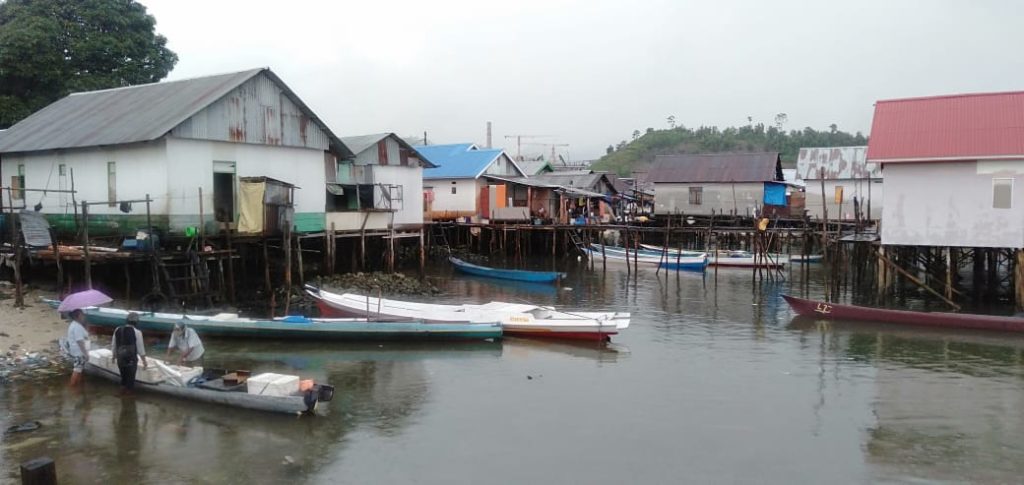
Tsingshan Holding Group Co. Ltd., majority owner of the Indonesia Morowali Industrial Park (IMIP), wants to add four facilities to process nickel for electric vehicle batteries at its already massive operation. The company planned to dump up to 25 million tons of waste, from the new facilities and the new mines needed to provide them with ore, directly into Morowali coastal waters every year. This would have made Morowali the largest ocean mine waste dumping site in the world.
Two facilities were already under construction when the submarine tailings disposal permit request was abruptly withdrawn. The move, in response to mounting pressure from impacted communities, ends plans to dump toxic mine waste into the ocean at IMIP—at least temporarily.
Morowali waters lie within the biodiverse Coral Triangle, home to some of the world’s most highly concentrated—and highly endangered—coral reefs. The reefs supply habitat for a number of important commercial and subsistence fisheries valued at the equivalent of nearly US$50 million. Thousands of families rely directly on these fisheries for their livelihoods. Studies have shown that increased nickel ore in the ocean can damage coral in just four days. Today fishermen are already forced to go further offshore because their nearshore fishing grounds are polluted by contaminated runoff and wastewater from IMIP’s coal power plant.
Communities around the world are calling for an end to submarine tailings disposal. Potentially poisonous metals in mine tailings entering the marine food chain can accumulate in sea life and the people that eat them.
The Ramu nickel mine in Papua New Guinea is currently dumping an estimated six million tonnes of toxic waste into the Coral Triangle. A recent independent expert review unequivocally called the submarine tailings disposal system an environmental “catastrophe” and urged the government and the company to immediately halt the practice.
“This step should be a standard for other companies in Indonesia to protect Indonesia’s marine ecosystem. Currently, there are nickel companies still waiting for permits to dispose of their tailings into the sea on Obi Island.”
Pius Ginting, Action for Ecology and People’s Emancipation
What are Tailings?
Tailings are the sludge left once the mineral is extracted from the ore. They contain crushed rock, processing chemicals and naturally occurring elements that become toxic when exposed to air or water. This toxic cocktail settles on and smothers the seafloor, killing everything that lives there. Tailings can also spread, contaminating other areas and destroying coral reefs and other habitat. Mining companies can avoid this dangerous waste disposal option in favor of safer, less destructive methods on land. However, it is important that land-based waste storage facilities have strong safety standards and appropriate oversight.

